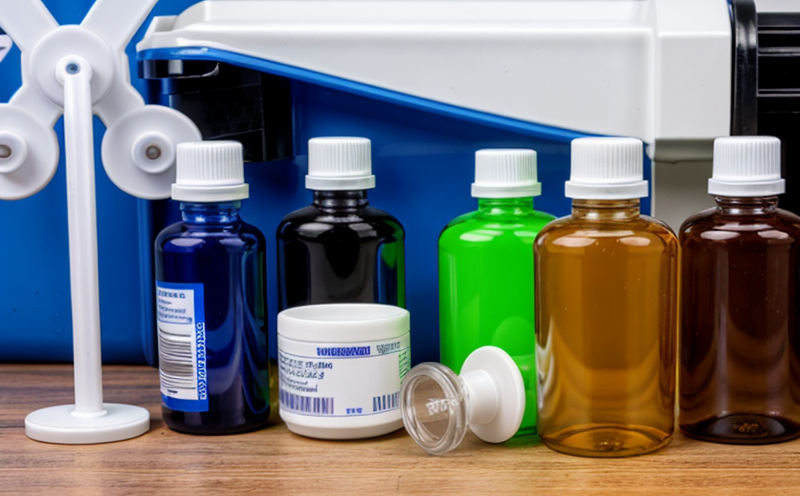EN 16217 Barium in Pharmaceutical Waste Streams
The European Standard EN 16217 specifies methods for determining the concentration of barium in pharmaceutical waste streams. This standard is crucial for ensuring regulatory compliance and environmental protection, especially within sectors where medical and pharmaceutical products are involved.
Barium can be present in various forms such as barium sulfate or barium chloride, which may originate from different sources including manufacturing processes, packaging materials, and end-of-life pharmaceuticals. The presence of barium in waste streams poses potential risks if not properly managed, affecting soil and water quality.
Compliance with this standard ensures that the levels of barium do not exceed permissible limits set by regulatory bodies like the European Commission or local environmental agencies. This is particularly important for companies involved in manufacturing, packaging, or distributing pharmaceutical products.
The testing procedure outlined in EN 16217 involves several steps: sampling of waste streams, digestion to convert barium into a soluble form, and subsequent analysis using flame atomic absorption spectrophotometry (FAAS) or inductively coupled plasma optical emission spectroscopy (ICP-OES).
Accurate measurement is critical for ensuring reliable results. The standard provides detailed guidelines on sample preparation, including the use of appropriate digestion reagents and conditions. Understanding these parameters helps quality managers make informed decisions about waste management practices.
| Standard Code | Title |
|---|---|
| EN 16217 | Determination of barium in pharmaceutical waste streams by flame atomic absorption spectrophotometry (FAAS) |
The standard also includes specific acceptance criteria that must be met for the test results to be considered valid. These criteria ensure consistency and accuracy across different laboratories performing this analysis.
Applied Standards
| Standard Code | Title |
|---|---|
| EN 16217 | Determination of barium in pharmaceutical waste streams by flame atomic absorption spectrophotometry (FAAS) |
This standard provides a comprehensive framework for measuring the concentration of barium in various types of pharmaceutical waste. It ensures that all parties involved in handling such waste are adhering to best practices and meeting regulatory requirements.
Environmental and Sustainability Contributions
- Reduces environmental contamination by ensuring proper disposal of barium-containing pharmaceutical wastes.
- Promotes sustainable practices through accurate measurement and management of waste streams.
The implementation of this standard contributes significantly to environmental protection efforts, particularly in industries that generate hazardous or toxic waste. By adhering to these standards, organizations can minimize their ecological footprint and contribute positively to global sustainability goals.
Use Cases and Application Examples
- Manufacturing facilities producing pharmaceuticals.
- Packaging plants dealing with barium-containing materials.
| Application Example | Description |
|---|---|
| Pharmaceutical Manufacturing Plant | Testing barium levels in wastewater to ensure compliance with local and international regulations. |
| Packaging Plant | Evaluating the barium content of packaging materials before disposal. |
By implementing EN 16217, these organizations can ensure that their operations are environmentally responsible and legally compliant. Proper management of waste streams helps prevent contamination of ecosystems and supports sustainable practices within the industry.





